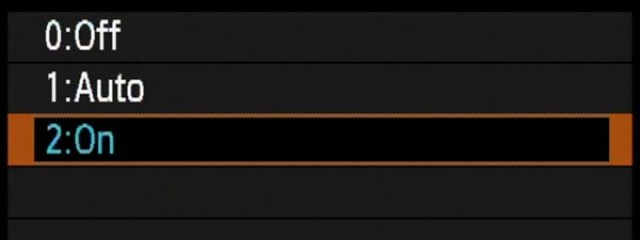Tag
Terminology
Photo Term Series #21: Dark-Frame Subtraction
Digital SLRs offer a function called Dark-Frame Subtraction usually called “Long Exposure Noise Reduction” or “High ISO Noise Reduction” in your camera’s settings menu. Dark-Frame Subtraction exposes a camera’s digital sensor less any external light for a matching duration of a photo taken to detect digital noise and electroluminescence. When the Dark-Frame Subtraction feature is active hot pixels, amp glow an
Read MorePhoto Term Series #19: Atmospheric Distortion
One interesting aspect of the natural world that can wreak havoc with our ability to capture a sharp image is the phenomenon of atmospheric distortion. Atmospheric distortion is particularly troublesome for photographers using longer lenses or telescopes. Temperature variations in the air, whether at ground level or in the upper reaches of our atmosphere, will refract light creating a blurred appearance to our eye. W
Read MorePhoto Term Series #18: Graduated Neutral Density Filter
One of the greatest challenges facing photographers is dealing with the limitations of film or digital cameras in regard to Dynamic Range. Over the years photographers have been and continue to be very creative in managing the limited range of light in which film or digital sensors can capture. In an effort to best reproduce what our eyes/brain see, photographers have developed techniques that balance the exposure
Read MorePhoto Term Series #17: Hyperfocal Distance
One of the most essential pieces of knowledge to understand in order to attain sharp images, particularly for landscapes, is the principle of hyperfocal distance. Phil Davis put it best in Photography, 1972 “When the lens is focused on the hyperfocal distance, the depth of field extends from half the hyperfocal distance to infinity.” The general tip to burn into your memory is focus 1/3 of the way into yo
Read More
Copyright © JMG-Galleries – Jim M. Goldstein Photography, All Rights Reserved

